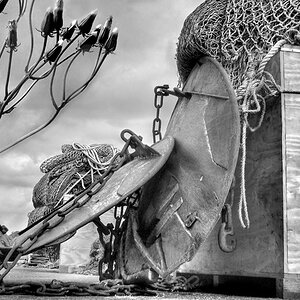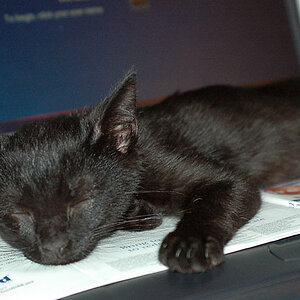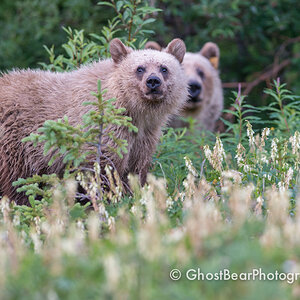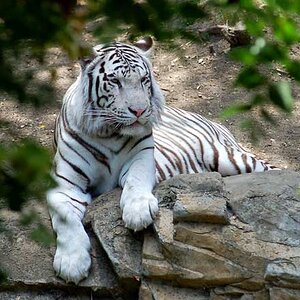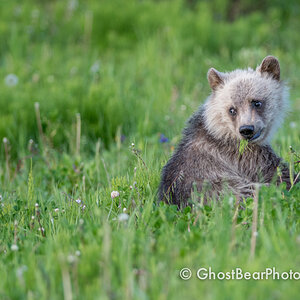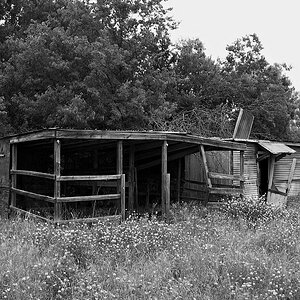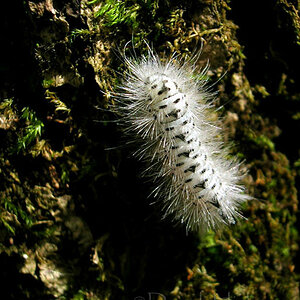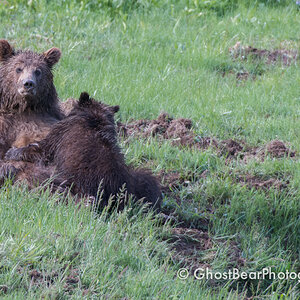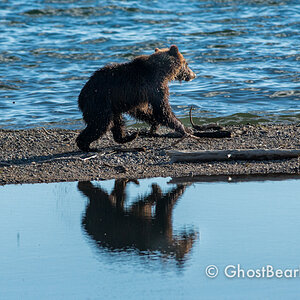- Joined
- Jun 9, 2013
- Messages
- 20,580
- Reaction score
- 12,709
- Website
- moderndinosaur.wordpress.com
- Can others edit my Photos
- Photos NOT OK to edit
What say ye about this?
Some Wildlife Photographers Use Bait, But Is It Worth The Shot?
Some Wildlife Photographers Use Bait, But Is It Worth The Shot?


